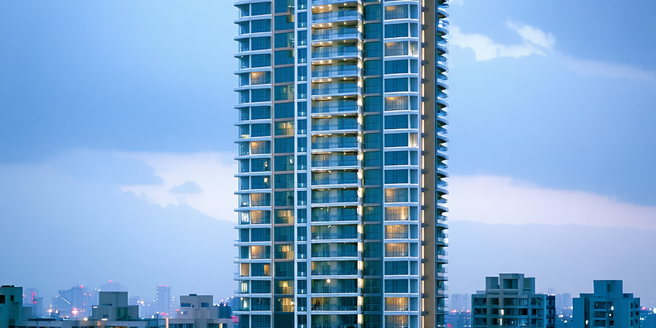Evaluating Apartment Build Quality

Understanding Building Materials and Their Impact
The quality of apartment buildings significantly depends on the materials used in their construction. Traditional materials like brick and stone offer durability and timeless appeal, while modern materials, such as engineered wood or steel, provide innovative advantages, like flexibility and cost-efficiency. Eco-friendly materials, like bamboo and recycled steel, contribute to sustainability and reduce environmental impact. As you evaluate apartments, understanding the properties of these materials can help you gauge the longevity and maintenance needs of the building. Materials not only influence the aesthetic appeal but also play a crucial role in energy efficiency and sound insulation, impacting overall comfort and reducing utility costs. A well-informed choice regarding building materials ensures a better living experience and potentially lowers future repair costs.
The Importance of Structural Integrity in Apartments
Structural integrity is crucial in apartment buildings, ensuring safety, functionality, and longevity. It refers to the building’s ability to withstand its intended load without collapsing or experiencing significant deformation or damage. This involves careful consideration of design, materials, and construction methods. Reinforced concrete, steel frames, and well-engineered foundations contribute to robust structures. Regular maintenance and inspections are key to sustaining structural integrity over time, as they help identify and address potential issues like cracks or water damage early on. In essence, apartments with strong structural integrity offer peace of mind to residents, assuring them of their safety. Ensuring that these aspects are prioritized during construction and in ongoing maintenance not only protects residents but also retains property value over time.
How Finishes Influence Apartment Durability
Finishes in apartment complexes do more than add aesthetic appeal; they play a vital role in durability and maintenance. High-quality finishes like ceramic tiles, premium paints, and hardwood floors can resist wear and tear more effectively than cheaper alternatives. Durable finishes contribute to lower long-term maintenance costs and require less frequent replacement or touch-ups. For example, using moisture-resistant paints in bathrooms and kitchens prevents mold growth, while non-slip floor finishes enhance safety. A well-applied finish also protects underlying materials from damage caused by water, heat, or everyday use. Evaluating the type of finishes used in an apartment, and their application quality, provides insight into future maintenance requirements and the overall lifespan of the interiors.
Evaluating Soundproofing and Insulation Quality
Soundproofing and insulation are vital for enhancing comfort and privacy in apartment living. High-performance soundproofing materials, such as acoustic panels, double-glazed windows, and insulated walls, minimize noise penetration from neighboring units or outside, creating a more serene living environment. Proper insulation, including materials like fiberglass or foam, effectively regulates indoor temperature, maintaining comfort and reducing energy bills. Evaluating an apartment’s soundproofing and insulation involves checking for air leaks around windows and doors and assessing the materials used. Effective sound and thermal insulation not only enhances quality of life but also increases an apartment’s energy efficiency, contributing to lower heating and cooling costs. Prioritizing these aspects ensures that apartment living remains comfortable and conducive to relaxation.
The Role of Certifications and Building Codes
Certifications and building codes are crucial for ensuring apartment safety, quality, and energy efficiency. Adherence to local building codes guarantees that a structure meets minimum safety and construction standards, addressing aspects like fire safety, structural stability, and accessibility. Certifications by organizations such as LEED (Leadership in Energy and Environmental Design) signal a commitment to sustainability and energy efficiency, enhancing the property’s market value and appeal. These certifications often require rigorous assessment of various factors, including energy usage, materials, and water efficiency. Prospective apartment buyers or renters should verify compliance with relevant codes and look for certifications as indicators of quality construction and responsible resource use. This due diligence ensures a safe, healthy, and sustainable living environment.